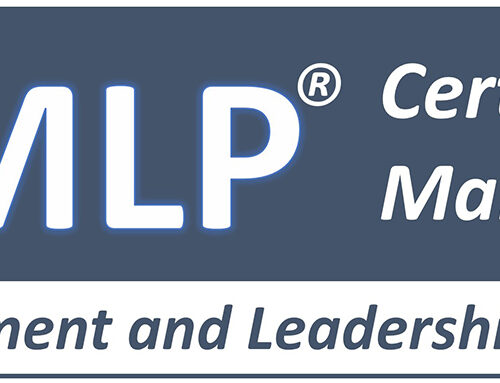This post was first published in my “Developing IT Leaders” column on CIO.com.
IT pros at the top of their careers as individual contributors are often faced with few career choices: Go into management or stay where they are. Establishing an IT Technical Fellow career track can change that, providing a new way to recognize and retain top talent
Close your eyes and imagine if your top technical individual contributor within software infrastructure, cybersecurity, software development, and data center operations all came to you tomorrow and, each for his/her own reasons, gave notice that they were leaving your company. How would you feel?
Certainly, your IT organization would survive, but would it be a major loss in IT corporate knowledge, creativity, resilience, and operational capability? If your answer is yes, then you might want to consider new ways to motivate and retain these key technologists throughout their careers, including establishing an IT Technical Fellow career track.
What is a technical fellowship program?
The concept of “technical fellow” job titles for extraordinary and experienced technical professionals has been around for many years, typically for individuals working in the product/mission and R&D sides of their organizations. The IBM Fellows program, for example, was started in 1962 to promote creativity among the company’s “most exceptional” technical professionals and is granted in recognition of outstanding and sustained technical achievements and leadership in engineering, programming, services, science, design and technology. The Boeing Technical Fellowship program began in 1989, and these engineers and scientists help set Boeing technical direction. Microsoft, NASA, and Mitre, among others, also have these types of programs for their best and brightest technologists.
What it takes to be an IT Technical Fellow
A Technical Fellow Program is about more than expertise in a specific discipline, it’s also about who they are as a person and the overall value they provide to the organization. The Boeing program, for example, uses the following criteria for selecting Fellows:
- Technical knowledge and judgment
- Creative problem solving and innovation
- Technical leadership, advising and consulting
- Capability as a teacher and mentor
- Technical vision
From an IT perspective, the following criteria should also be considered:
- Enhances IT’s operation excellence within their technical area
- Provides leadership on the selection and implementation of new technologies
- Reduces IT technical risk through proper product selection, implementation, and integration
- Minimizes current and future IT technical debt through an understanding of technical megatrends and technology upgrade/replacement paths
- Embodies the values of IT and the organization in general
- Is highly respected by IT staff, IT leaders, and business leaders within their sphere of influence
The Technical Fellow job family
The IT individual contributors who meet these criteria, as modified by your organization’s values and objectives, are potentially worthy of being admitted into the Technical Fellow job family.
A “job family” is a standard HR term for a group of related job titles with increasing seniority. For example, the job titles associate cybersecurity analyst, cybersecurity analyst, senior cybersecurity analyst, and principal cybersecurity analyst would be considered part of the same job family.
Job families can also be place one on top of another. Continuing with the prior example, those reaching the principal cybersecurity analyst job title, would be highly respected and well compensated individual contributors. At this job level, which takes many years to achieve, the employee has three potential career options:
- Stay in this highly respected, needed, and marketable role
- Move into a management position, with upward mobility to CISO (chief information security officer)
- Be selected by senior IT management to move into the Technical Fellow job family
The Technical Fellow job family could sit on top of all currently existing individual contributor job families, including software development, cybersecurity, infrastructure, methodology, and other related areas, with job levels equivalent in both prestige and compensation to their management counterparts. As an example, consider the following:
| Technical Fellow job title | Management equivalent job level |
| Associate technical fellow | Senior IT manager |
| Technical fellow | IT director |
| Senior technical fellow | IT vice president |
| Principal technical fellow | IT senior vice president |
While the number of employees selected into these positions will be few, their existence within IT has value well beyond motivating and retaining these key technologists. It also illustrates IT’s commitment to technical excellence, shows a willingness to recognize and compensate your best and brightest, provides a long-term career track outside the management ranks, and acts as a recruiting tool to hire the next generation of world-class technologists.





